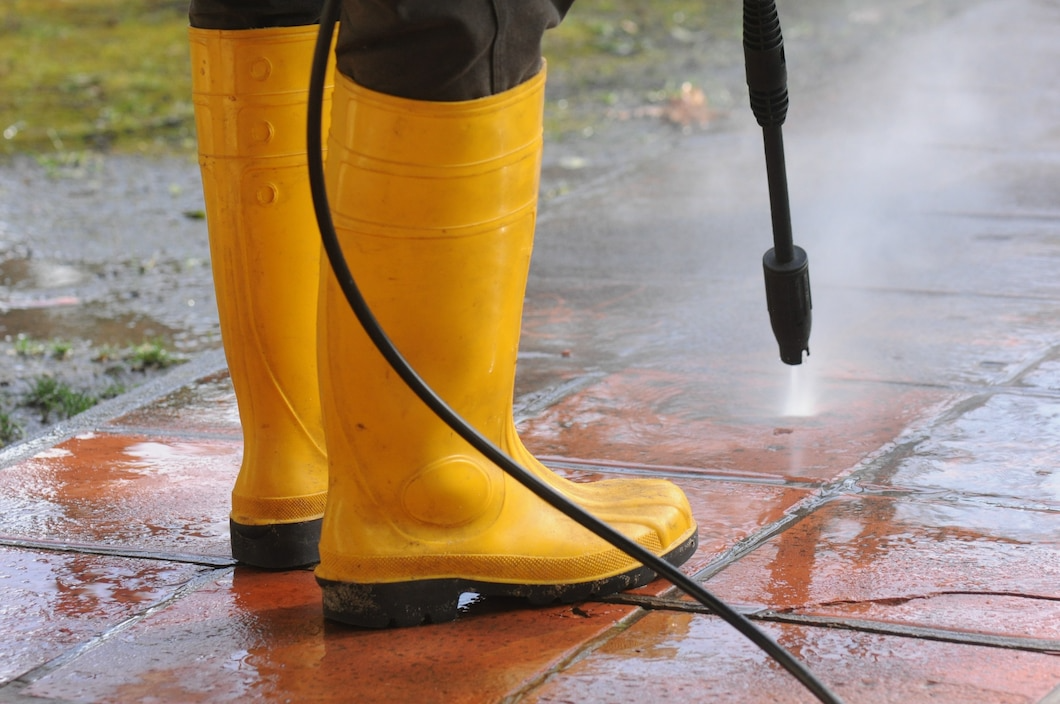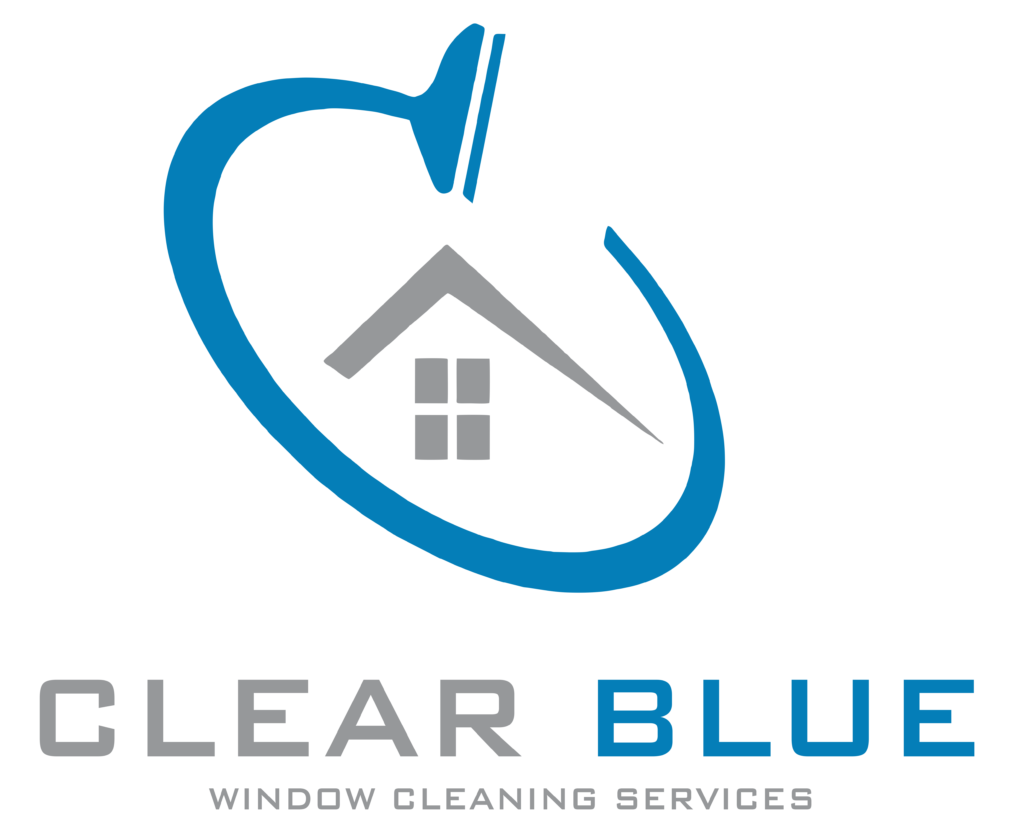Maintaining clean windows is essential for enhancing the appearance of your home and ensuring a healthy living environment. Regular residential window cleaning allows more natural light to enter, improves indoor air quality, and extends the lifespan of your windows.
In this guide, we’ll share expert tips to help you achieve sparkling, streak-free residential window cleaning with ease.
Importance of Clean Windows

Clean windows do more than just improve your home’s aesthetics. They play a crucial role in maintaining energy efficiency by allowing maximum sunlight penetration, which can naturally warm your home during colder months.
Additionally, clean windows prevent the buildup of harmful mold and allergens, contributing to a healthier indoor environment. Dirty windows can also degrade faster due to mineral deposits and grime, leading to costly repairs or replacements.
Essential Tools for Window Cleaning
To achieve professional results, it’s important to use the right tools:
- Squeegee: A high-quality squeegee with a rubber blade ensures a streak-free finish.
- Microfiber Cloths: These are ideal for wiping edges and removing any remaining water droplets.
- Bucket: A bucket large enough to hold your cleaning solution and tools.
- Extension Pole: Useful for reaching high or large windows without the need for a ladder.
- Scraper: For removing stubborn debris like paint or bird droppings.
Investing in durable and effective cleaning tools can save you time and effort.
DIY Window Cleaning Solutions
Creating your cleaning solution is cost-effective and efficient. A simple mixture of two gallons of water and about a teaspoon of dishwashing liquid works well for most windows. Alternatively, a solution of equal parts white vinegar and water can help dissolve mineral deposits and cut through grime.
For eco-friendly options, you can also use baking soda mixed with water to create a gentle abrasive cleaner. Avoid using harsh chemicals that may damage window coatings or harm the environment.
Step-by-Step Guide to Cleaning Windows
- Choose the Right Time: Clean windows on a cloudy day to prevent the cleaning solution from drying too quickly, which can cause streaks.
- Prepare the Area: Remove any window coverings and place a towel on the sill to catch drips.
- Clean the Frame and Tracks: Use a vacuum or brush to remove dust and debris from the frame and tracks.
- Apply Cleaning Solution: Dip a sponge or mop into your cleaning solution and apply it generously to the window, starting at the top.
- Scrub Gently: Use a soft-bristled brush or sponge to loosen dirt, especially in corners.
- Squeegee Off: Starting at the top, pull the squeegee down in a straight line, wiping the blade with a clean cloth after each pass.
- Wipe Edges: Use a microfiber cloth to wipe any remaining water from the edges and sill.
Tips for Cleaning Hard-to-Reach Windows
- Extension Poles: Attach your squeegee or mop to an extension pole to reach high windows safely.
- Telescoping Tools: Use tools with adjustable lengths to clean at various heights without a ladder.
- Safety First: If a ladder is necessary, ensure it’s stable and always have someone assist you.
- Professional Help: For extremely high or difficult-to-access windows, consider hiring professional cleaners.
Preventing and Removing Condensation and Mold
Condensation can lead to mold growth, which is harmful to health. To prevent and address these issues:
- Ventilation: Regularly air out rooms to reduce moisture buildup.
- Dehumidifiers: Use dehumidifiers in areas prone to dampness.
- Cleaning Solutions: A mixture of two cups of water, two cups of white vinegar, and a few drops of dishwashing liquid can be sprayed onto windows to prevent moisture buildup.
Addressing condensation promptly can protect your windows and maintain a healthier living space.
Common Mistakes to Avoid
- Using Paper Towels: They can leave lint and cause streaks; opt for microfiber cloths instead.
- Cleaning in Direct Sunlight: The solution can dry too quickly, leading to streaks.
- Overusing Cleaning Solution: Excessive cleaner can cause residue buildup; a small amount goes a long way.
- Neglecting Frames and Tracks: Dirty frames and tracks can transfer grime back onto clean windows.
Avoiding these mistakes can save time and produce better results.
Benefits of Hiring Professional Window Cleaners

While DIY cleaning is manageable, professionals offer:
- Expertise: They have the skills to handle various window types and conditions.
- Safety: Professionals are equipped to clean hard-to-reach windows safely.
- Time Savings: Hiring experts frees up your time for other tasks.
- Quality Results: Professional cleaners use advanced techniques and tools for a streak-free finish.
In St. George, Utha, services like Clear Blue Window Cleaning offer reliable residential window cleaning solutions.
FAQs
1. How often should I clean my residential windows?
It’s recommended to clean your windows at least twice a year. However, depending on environmental factors, more frequent cleaning may be necessary.
2. Can I use newspaper to clean windows?
While some people use newspapers, it can leave ink smudges. Microfiber cloths are a better alternative.
3. What’s the best way to remove hard water stains?
A mixture of vinegar and water can help dissolve mineral deposits. For tougher stains, use a commercial glass cleaner designed for hard water.
4. Are there any eco-friendly window cleaning options?
Yes, solutions made from vinegar, baking soda, and water are eco-friendly and effective.
5. Is it safe to clean windows in winter?
Yes, but use a cleaning solution with antifreeze properties to prevent it from freezing on the glass.
6. Should I clean both sides of the window?
For the best results, clean both the inside and outside of your windows.
Conclusion
Clean windows enhance the beauty and functionality of your home. With the right tools, techniques, and regular maintenance, you can enjoy sparkling, streak-free windows year-round. Whether you choose to tackle the task yourself or hire professionals, the effort is well worth the benefits.





